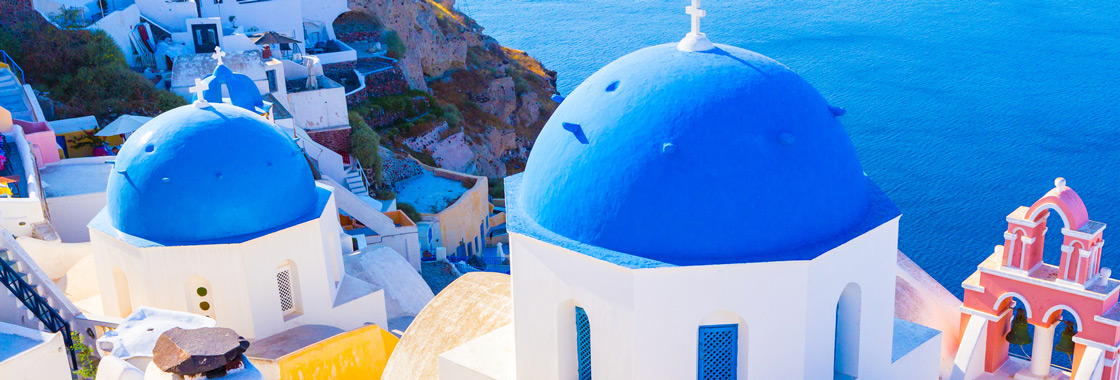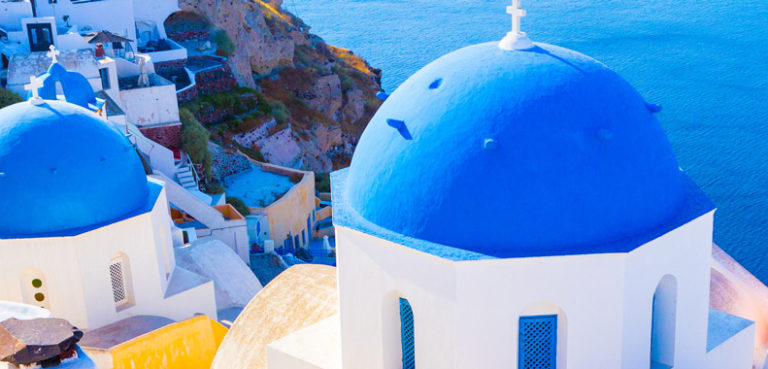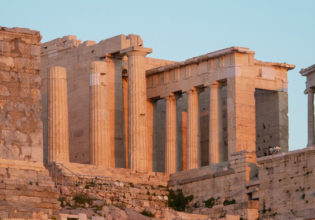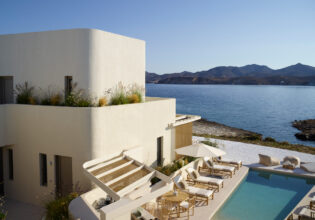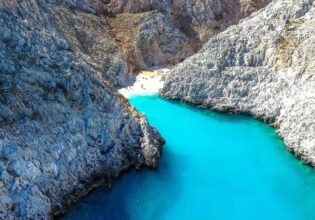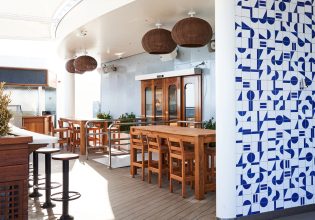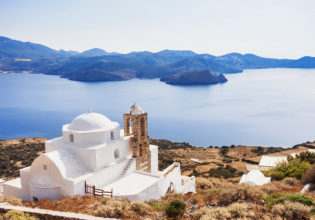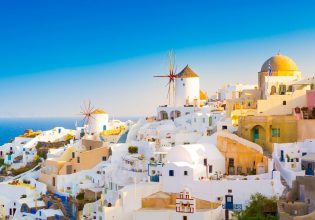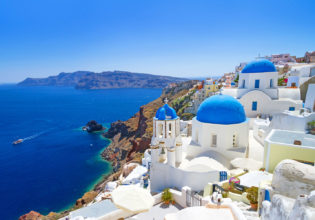The fresh cuisine, the cities dripping with history and the crumbling Acropolis. The glittering waters of the islands. Greece is a fascinating place to explore on your next holiday. Welcome to our Greece travel guide.
The ghosts of Greece’s venerable ancient history rub shoulders with restless youths, contemporary architecture and lots of graffiti in modern-day Athens to create a heaving city of compelling contrasts.
Athens’ skyline is dominated by the Acropolis, the ancient citadel perched on a rocky outcrop.
The site consists of a number of significant buildings, the most celebrated being the Parthenon, the temple dedicated to the Greek goddess Athena.
Construction of the Parthenon, the Propylaia, the Erechtheion and the temple of Athena Nike began in the fifth century BC.
But Athens isn’t all about ancient history. In the wake of its well documented rocky financial road, Athens has reinvented itself, and its indie fashion, art and food scenes are flourishing. There’s also a wealth of excellent accommodation offerings.
An essential part of the Greek experience – island hopping around some of the most beautiful islands on earth – is all about sun, surf and unforgettable sunsets.
With some 6000 islands and islets surrounding Greece, each boasting irresistible waters, myriad landscapes and varying degrees of development, the question begs: just which Greek island is best for you?
Whether you are after the glamour of Mykonos, the multicoloured cliffs of Santorini or the cobbled streets and ancient history of Rhodes, there really is an island to suit every type of traveller.
Located in the southern Aegean Sea, around 200 kilometres south-east of Greece’s mainland, Santorini has long been considered the most alluring and romantic of the Cyclades Islands.
Each year sees over one million tourists flock to its shores to immerse themselves in its picture-perfect sunsets and rugged landscape created when a volcano devastated the island in the 16thcentury BC.
Mykonos is renowned as one of the Mediterranean’s most lively islands come the night, but it has an altogether more rustic, authentic feel compared with some of its Aegean neighbours.
Crete, the largest of the Greek Islands, has managed to stay blissfully unaffected by the throng of holidaymakers who flock to the sun and sand during the summer months. Its rugged, heat-scorched landscape, impossibly blue Mediterranean waters and stoic locals have made very few concessions to chasing the tourist dollar, which is exactly why you need to visit. Set out on a driving tour of Crete and you will be rewarded with jaw-dropping vistas, secret beaches and tightly clustered white-washed villages where life moves at an unhurried pace and the traditions of the past hold as much relevance today as they did thousands of years ago (Crete was home to the first advanced society in Europe, the Minoans).
Karpathos is another great island off the beaten track (described as “the Greek island’s best kept secret”) and Leros has been referred to as “the island the tourists don’t know about”.
Leros is a tiny member of the Dodecanese island group, closer in proximity to Turkey than to the Greek mainland.
